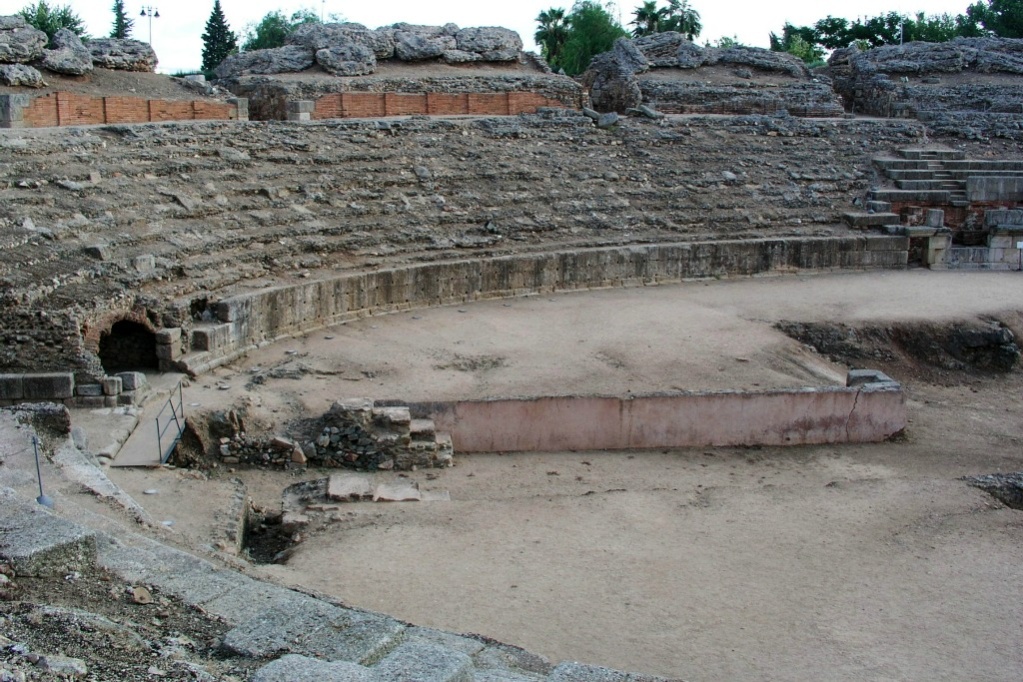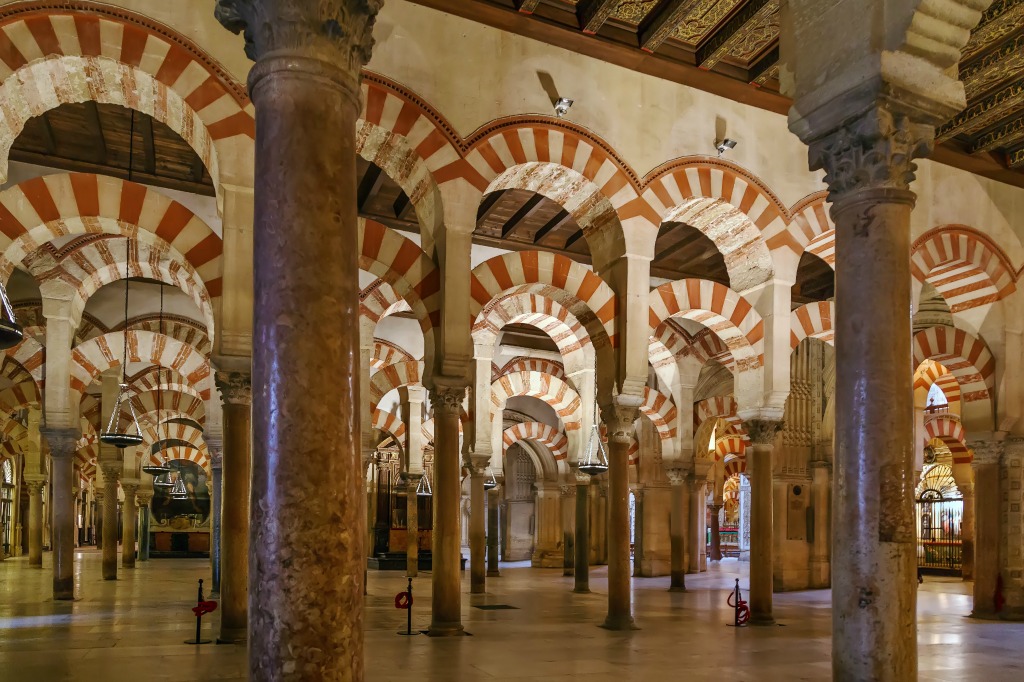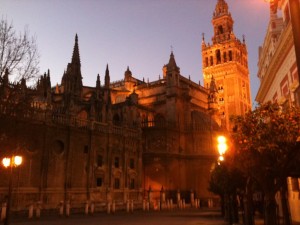CORDOBA
SPAIN
Discovering Córdoba: A Walk Through Ancient Moorish, Jewish, and Catholic Heritage, from the Awe-Inspiring Mezquita to the Tranquil Alcázar Gardens, with Culinary Delights and Accommodation Adventures in Spain’s Historic Heart
Exploring Córdoba: A Journey Through Spain’s Rich Tapestry of History and Culture
After a scenic train journey from Seville, we arrived in the historic town of Córdoba, a place rich with a tapestry of Moorish, Jewish, and Catholic history. Over a thousand years ago, these three religions coexisted harmoniously here, contributing to the town’s prosperity and cultural vibrancy—a legacy still evident in its architecture and traditions.
Córdoba’s old town is a labyrinth of winding lanes and alleys, each turn offering a glimpse into its storied past. Although the area is relatively small and understandably popular with tourists, it remains a fascinating place to explore. The narrow streets, lined with whitewashed buildings adorned with colorful flower pots, evoke a sense of timelessness, transporting you back to an era when the town was a thriving hub of culture and commerce.
The undisputed highlight of Córdoba is the Mezquita-Catedral, one of the most remarkable examples of Islamic architecture in Spain. Originally founded in 785 as a grand mosque, it symbolized the power and sophistication of the Umayyad Caliphate. The mosque’s vast prayer hall, with its stunning double-tiered arches and rows of red-and-white striped columns, is an awe-inspiring sight. In the 16th century, following the Reconquista, a Catholic cathedral was built right in the heart of the mosque. The juxtaposition of the Islamic and Christian elements within the same structure is both fascinating and poignant, serving as a testament to the town’s complex history. The Mezquita has been meticulously restored, allowing visitors to appreciate the grandeur of its design and the intricate craftsmanship that went into its creation.
Another significant sight in Córdoba is the Alcázar de los Reyes Cristianos, or the Palace of the Christian Monarchs, constructed in the 13th century. This fortress-palace served as a residence for Spanish monarchs, including Ferdinand and Isabella, who used it as their headquarters during the campaign against the Nasrid Kingdom of Granada. The Alcázar also played a dark role in history as the seat of the Spanish Inquisition from 1490 until 1820. Despite its grim past, the property’s expansive gardens offer a serene escape, with their symmetrical design, tranquil ponds, elegant fountains, and rows of fragrant orange trees. The gardens, with their Moorish-inspired layout, are particularly beautiful in the summer, providing a cool haven from the Andalusian heat.
While our exploration of Córdoba’s history and sights was enriching, our accommodation experience was less than ideal. We had booked an apartment in the old quarter, expecting a charming stay in the heart of the historic district. Unfortunately, what we got felt more like a stay at Basil Fawlty’s infamous Fawlty Towers! The property was undergoing renovations, resulting in noise and dust, and the room itself was far from what had been advertised. It was a reminder that even seasoned travelers can occasionally make a misstep when choosing accommodations.
However, the culinary delights of Córdoba made up for our lodging woes. We discovered a fantastic restaurant called Las Piconeras, where we indulged in some of the best tapas we’ve ever had. The service was warm and welcoming, and the complementary digestif served at the end of the meal was a delightful touch that capped off the evening perfectly.
Córdoba is a charming town with a deep and complex history, and I’m glad we had the opportunity to visit. While it may not be a place we’re eager to rush back to, it has certainly left a lasting impression. For those traveling through Spain, it is a destination well worth exploring, offering a unique glimpse into the country’s multicultural heritage.



